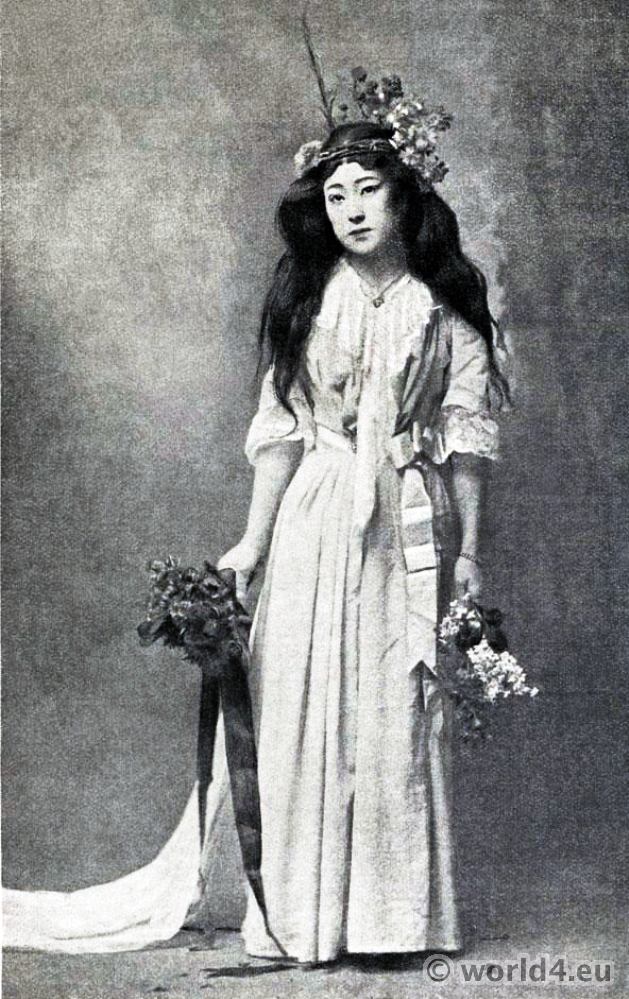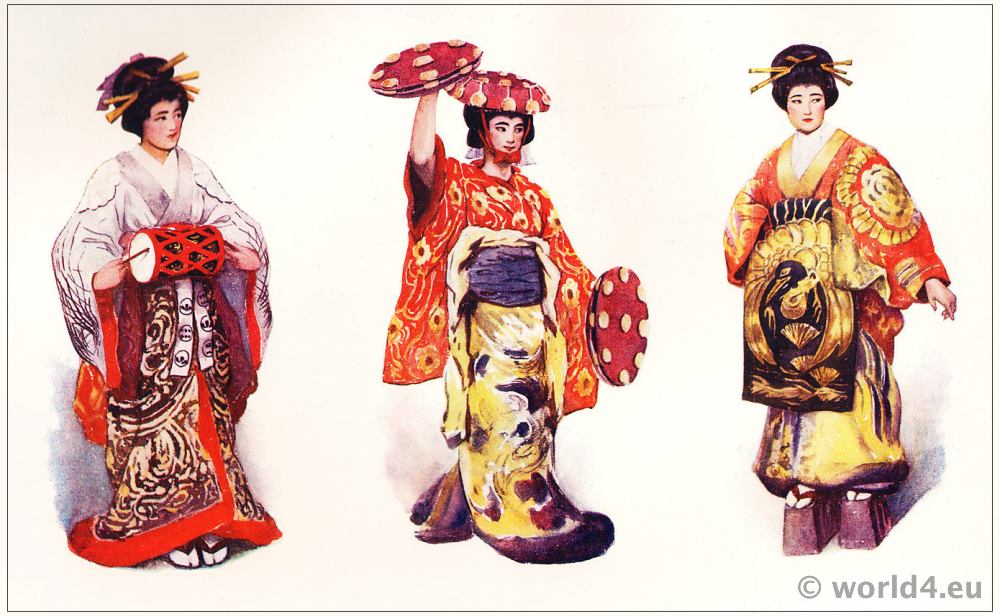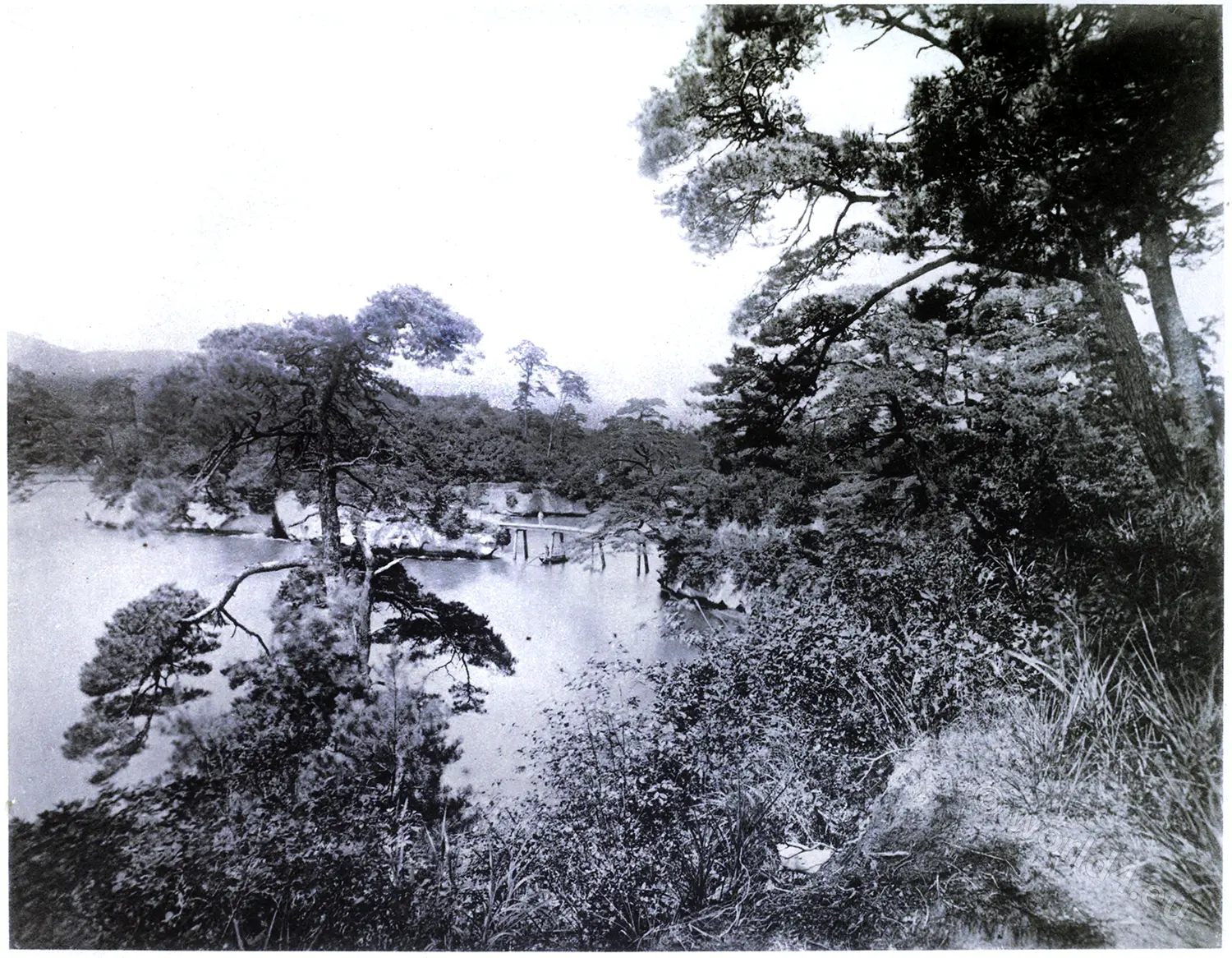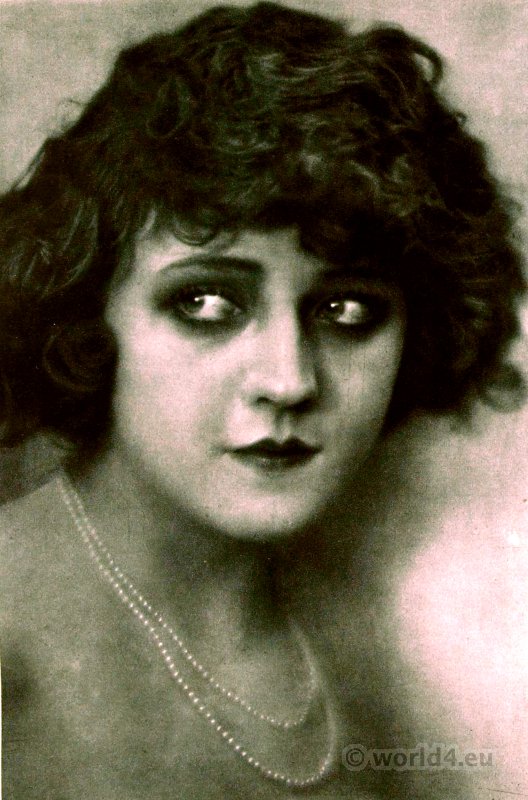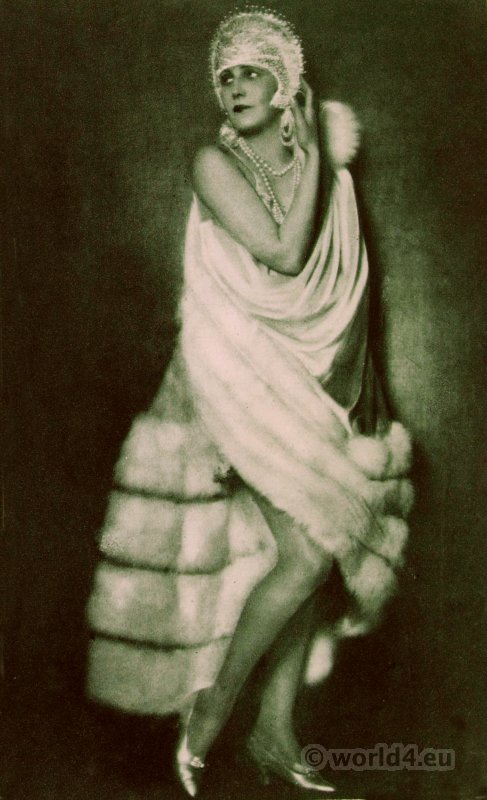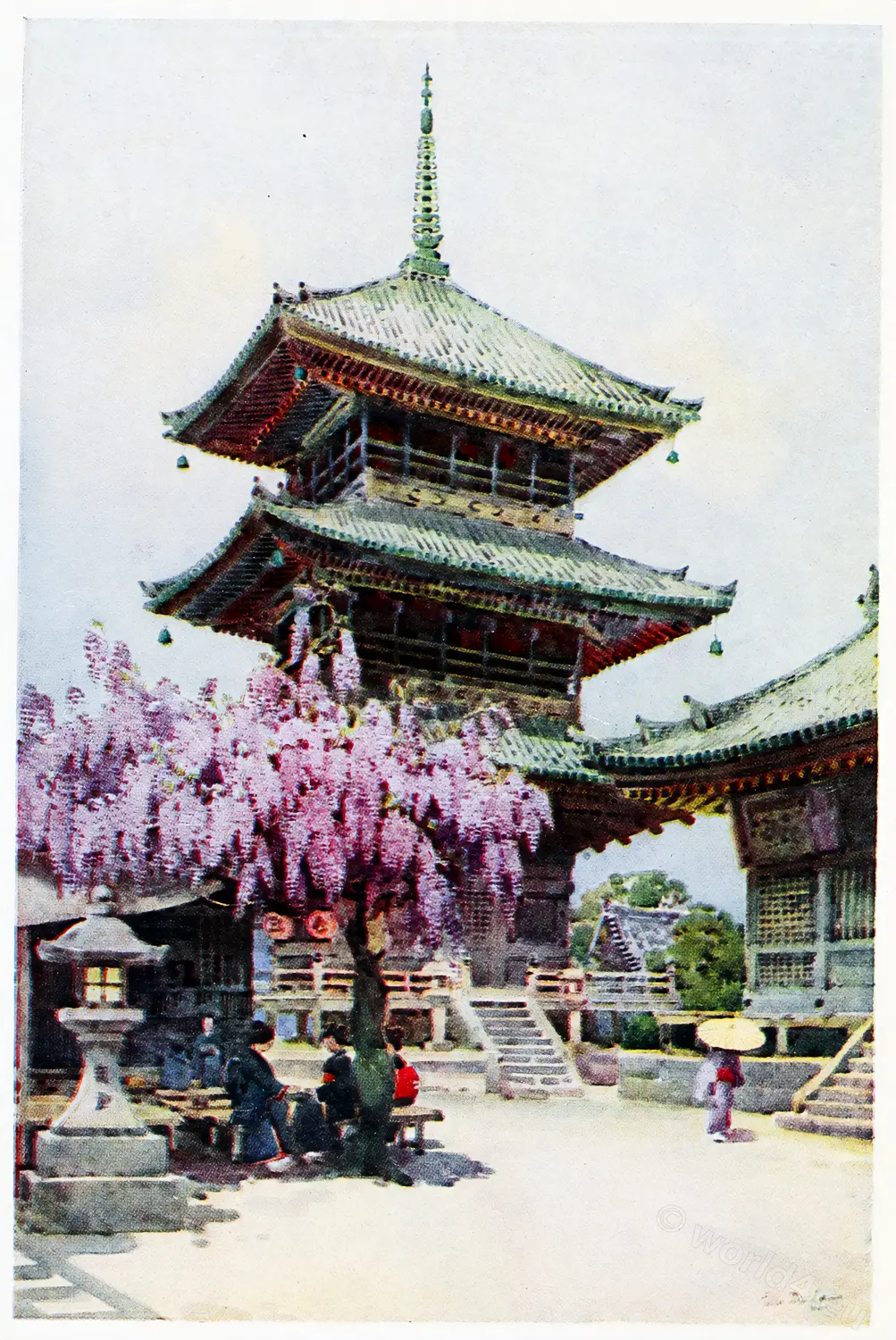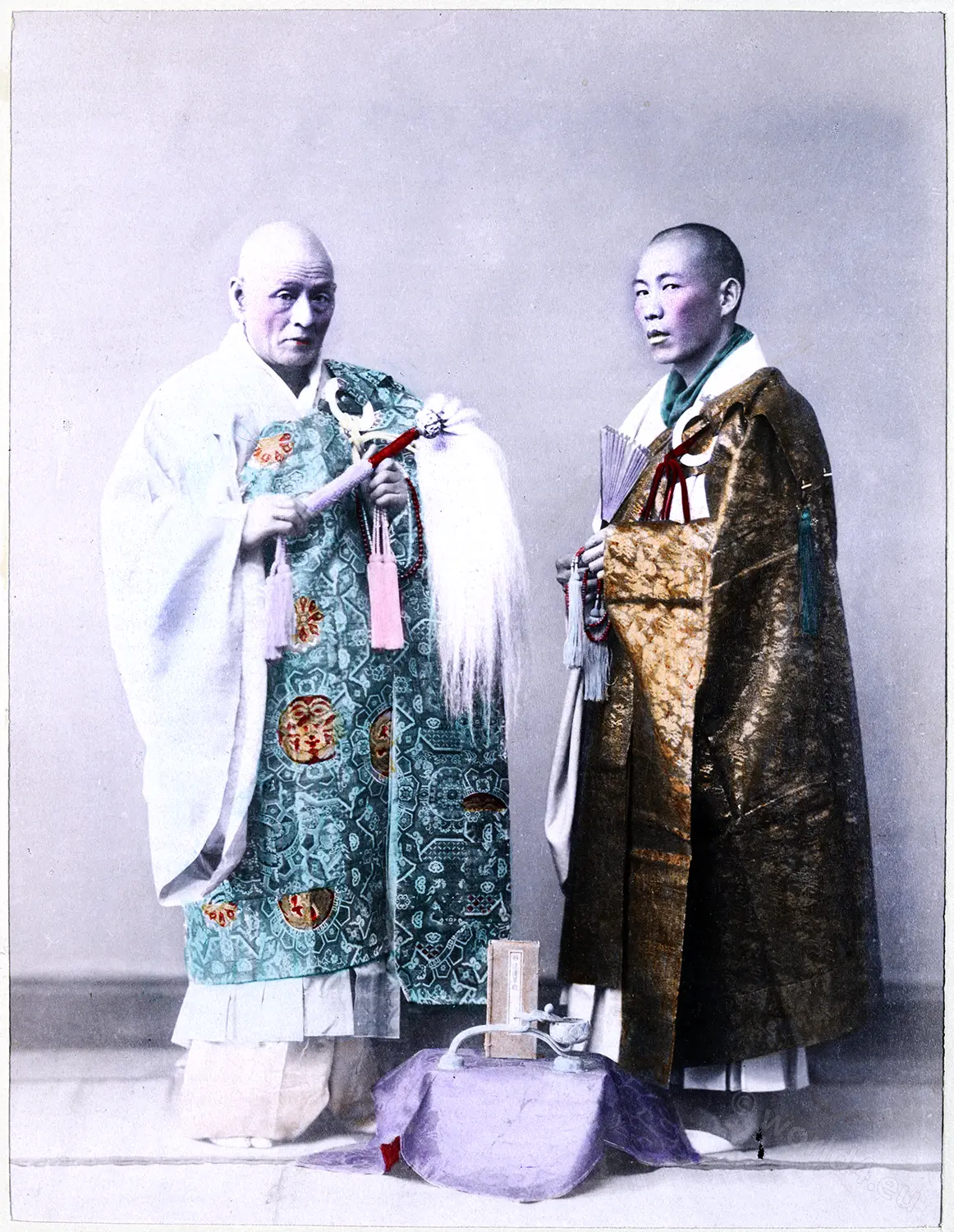Japan Actress Sada Yacco (1871-1946)
In the role of Oriye. Japanese Ophelia: Madness scene. Sada Yacco dans le rôle d’Oriye, l’Ophélie japonaise: scène de la folie.
Sada Yacco as Katsugari in “The Geisha and the Knight”. Illustration by by F. D. Walenn for “The Studio” 1902.
Kawakami Sadayakko was born Sada Koyama (小山 贞) and trained as a geisha.
Under the stage name Sada Yacco she worked at Kawakami-theater and was one of the first actresses to a Japanese theater. In 1899 they went as the first theater group from Japan on a tour around the world. This was followed by performances in Paris in 1900 at the World’s Fair. Sadayakkos dance style influenced the modern American dance.
More:
- Interview: Yone Noguchi, “Sada Yacco,” New York Dramatic Mirror, 17 Feb. 1906, p. 11
- Futaba Museum Nagoya former residence of Sadayakko Kawakam.
The Third Republic, known as the ‘belle époque’, was a period of lively, articulate and surprisingly radical feminist activity in France, borne out of the contradiction between the Republican ideals of liberty, equality and fraternity and the reality of intense and systematic gender discrimination.
Yet, it also was a period of intense and varied artistic production, with women disproving the critical nearconsensus that art was a masculine activity by writing, painting, performing, sculpting, and even displaying an interest in the new “seventh art” of cinema. This book explores all these facets of the period, weaving them into a complex, multi-stranded argument about the importance of this rich period of French women’s history.
Related
Discover more from World4 Costume Culture History
Subscribe to get the latest posts sent to your email.

